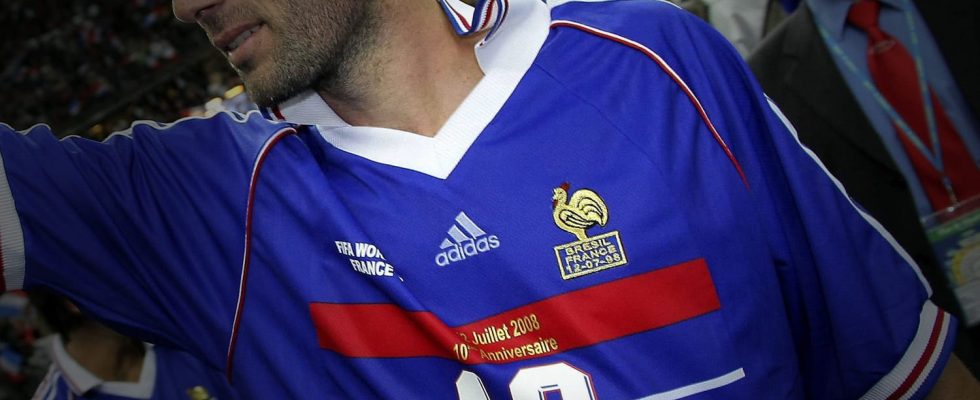The rooster, the national emblem, is today used as a badge for numerous selections of the French team. However, it landed on the French jerseys for a surprising reason…
It’s difficult to imagine a French team jersey without its Gallus gallus, the Gallic rooster, a badge systematically or almost systematically associated with tricolor tunics in the collective imagination. This emblem of France has in fact been present on the Blues jerseys since 1909 for football and since 1911 for rugby. The animal even became the official emblem of the XV of France in 1920.
If the rooster is one of the symbols of France and this symbol indeed finds its roots in antiquity, it is not, however, because of the strong presence of the animal in the territory at the time, as one might believe. The animal is not even native to our countries, but to Southeast Asia. The famous “Gallic rooster” therefore does not exist and did not exist 2000 years ago either. Everything is actually based on a play on words which perhaps made the Romans who came to invade Gaul laugh at the time: the association comes from a perfect homonym in Latin between Gaul, Gallusand the rooster, gallus. Nothing more.
Moreover, the gallinaceae was rather frowned upon from the Middle Ages, the kings of France preferring the lily as their emblem. It was not until the Renaissance that kings like Francis I began to display it, before seeing it disappear again from the national coat of arms. It was with the French Revolution that the rooster regained its nobility. If the Napoleonic periods and the Restoration put it back into the background, it was with the Third Republic that the rooster definitively entered the symbolism of France.
The rooster did not appear on the jerseys of sports teams until much later. Federated around the Union of French Athletic Sports Societies (USFSA), the authorities of the different disciplines present in France first display the two red and blue rings of the USFSA logo. It is also this logo which will serve as the basis for the five rings of the Olympic Games.

The appearance of the rooster instead of the USFSA logo is in fact due to a conflict between USFSA and the International Football Federation, FIFA. Due to this conflict, USFSA, previously responsible for organizing international matches, will give way to the French Interfederal Committee (CFI) to organize football matches. The latter will then decide to replace the USFSA logo with the famous rooster, displayed as a shield. Sometimes red and white, other times golden, the rooster was preserved by the new French Football Federation (FFF) in 1919, and the USFSA decided to also adopt it for other sports, sometimes at the instigation of certain sportsmen. It was thus the captain of the XV of France Marcel Communeau who decided to impose it in 1912, alongside the red and blue rings.
With the creation of numerous federations after the First World War, such as that of rugby in 1920 or that of athletics the same year, the rings gradually disappeared from the selection jerseys, and many chose the rooster as their emblem, handball image.
